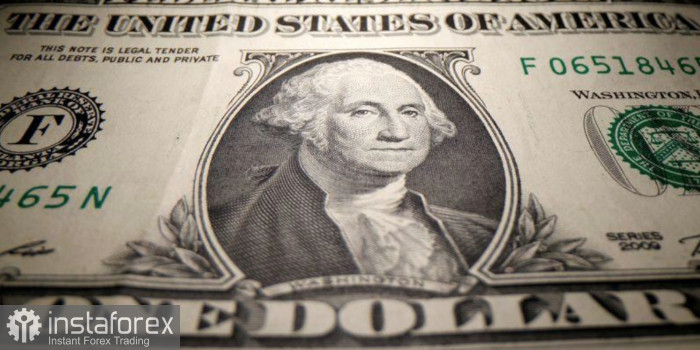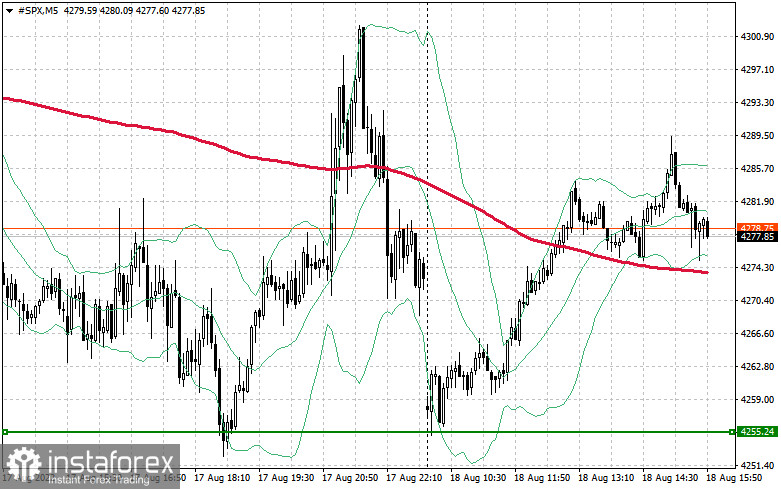Futures on US stock indices reduced their losses after opening in the red zone on Thursday. It happened after the Federal Reserve System signaled a delicate balancing act between tightening monetary policy, inflation, and the labor market, which should reduce and minimize the sharp increase in interest rates in the spring and summer of this year.

Futures for the S&P 500 and Nasdaq 100 fell by about 0.1% after the indices closed in the red yesterday. The yield of two-year treasury bonds, the most sensitive to the tightening of monetary policy, continued to fluctuate in the range as investors did not fully understand the statements published yesterday in the minutes of the last Fed meeting. Last month, Federal Reserve officials agreed on the need to reduce the pace of interest rate hikes eventually. On the other hand, before that, they wanted to assess how tightening monetary policy works to curb inflation in the United States. The minutes of the Federal Open Market Committee said that "as monetary policy tightens further, at some point it will probably become advisable to slow down the pace of raising the key interest rate with a positive impact of the policy on economic activity and inflation."
Certainly, after the recent sharp slowdown in inflation, Americans have become more optimistic about how much the Fed will continue to raise interest rates to solve the problem of high prices finally. At the moment, futures linked to the dates of the Fed meeting indicate an increase of only 50 basis points next month, and not 75, as it was earlier.
As noted above, the rate on two-year bonds rose by more than three basis points, then fell by almost four basis points, and is now trading at an average price of 3.256%. The ten-year bond is trading at a yield of 2.824% versus 2.826.
Crude oil prices have gradually crept up, but it cannot be said that their dynamics pose a threat to the side channel. West Texas Intermediate crude futures are trading above $89 per barrel.

Premarket
Cisco shares rose 4.3% in early trading in New York after publishing an optimistic quarterly sales forecast.
Estee Lauder's securities fell 1.3% in premarket trading after the cosmetics manufacturer published a forecast with lower annual sales that disappointed analysts. It's all the fault of restrictions due to COVID-related problems in China. Estee Lauder's profit and revenue for the last quarter exceeded Wall Street estimates.
Bed Bath & Beyond shares fell 14.4% in premarket trading after investor Ryan Cohen filed a notice of intent to sell 7.78 million shares of the home goods retailer.
But the growth leaders were Wolfspeed shares, whose securities soared by 20.9% in the premarket after the semiconductor company reported smaller-than-expected quarterly losses and earnings that exceeded consensus forecasts.
As for the technical picture of the S&P500
The Fed's July meeting minutes were ignored, indicating a gradual decline in optimism about further market growth before the threat of an economic recession. In the event of a decline in the trading instrument, the bulls will need to try very hard to offer something in the nearest support area of $ 4,255. It will strengthen the upward trend and form the lower boundary of the ascending channel. It will be possible to talk about a new index growth only after controlling the resistance of $ 4,319. It is the only way we will see fairly active growth in the $4,376, where large sellers will return to the market again. At least there will be those who want to fix profits on long positions. A more distant target will be the $4,433 level. In the case of new weak statistics for the United States, about which there has been so much talk lately, a breakdown of $4,255 will lead the way to $4,234, where buyers will become more active again. Nothing terrible will happen even if the bears push the index into the area of $4,184, where the lower boundary of the ascending channel, observed since July 14 this year, passes. A break in this area will push the trading instrument back to $4,150 and $4,116.





















